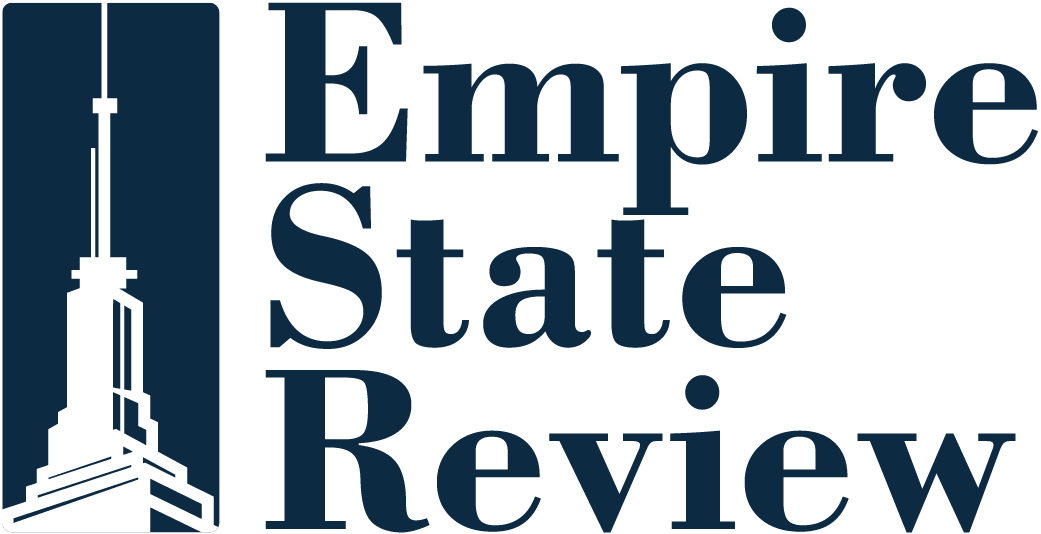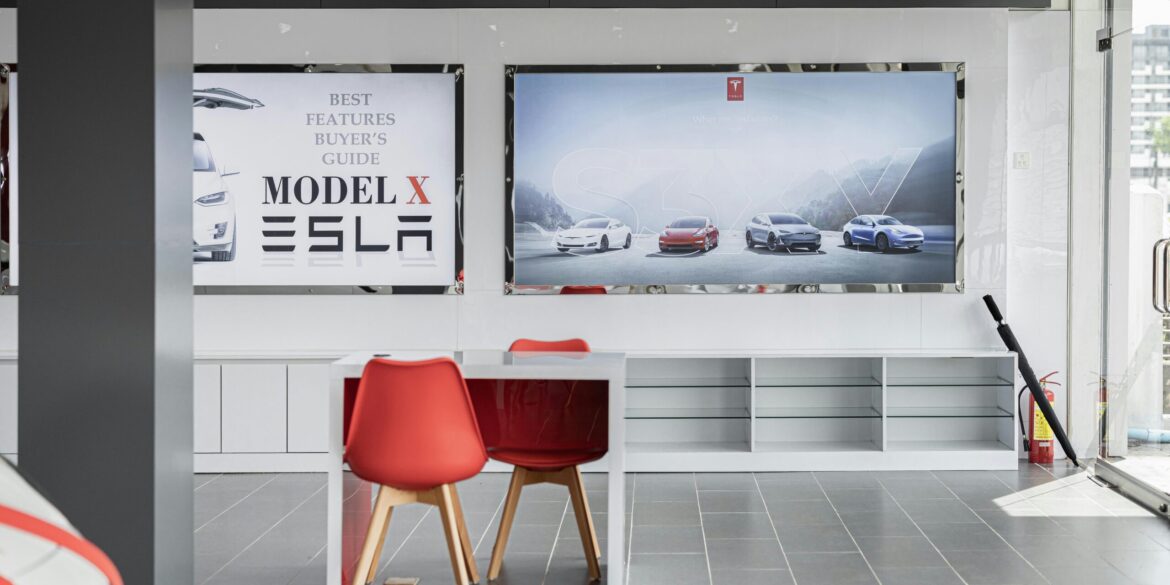U.S. stock futures rose in early trading on July 28, 2025, as markets welcomed fresh developments on two major fronts: a U.S.–EU trade framework and a blockbuster chip-manufacturing partnership between Tesla and Samsung.
In a major breakthrough, U.S. President Donald Trump and European Commission President Ursula von der Leyen secured a framework trade agreement on July 27. The deal imposes a 15% baseline tariff on most European exports to the U.S.—a reduction from the previously threatened 30% rate, yet still surpassing the EU’s initial target of 10% tariff levels.
In return, the European Union committed to extensive economic engagement, pledging to invest $600 billion in U.S. assets and purchase $750 billion in American energy products over time. The agreement also includes planned purchases of U.S. military equipment.
Key exemptions remain in place: aircraft, spirits, and medical equipment are excluded from the tariff increase, and U.S. duties on steel and aluminum—maintained at 50%—were not rolled back under the deal. The agreement was reached just days before the August 1 deadline when harsher tariffs were set to take effect.
Separately, on July 28, Elon Musk confirmed a $16.5 billion, multi-year deal with Samsung Electronics. Under the agreement, Samsung will manufacture Tesla-designed AI6 chips at its new fabrication facility in Taylor, Texas. This eight-year contract runs through 2033 and signals a large-scale shift in Tesla’s hardware strategy.
The chips target Tesla’s advanced AI needs, including autonomous driving systems, humanoid robots like Optimus, and data-center AI infrastructure, such as the Dojo supercomputer. Musk stressed that Tesla engineers will assist Samsung to optimize production efficiency and mentioned he expected the true value of the partnership to far exceed the initial contract figure.
Samsung’s Taylor facility, which has faced delays and client acquisition challenges, now gains a major anchor client. Its share price rose approximately 6–7% following the news, while Tesla stock also climbed roughly 4% in the U.S. markets.
The combination of the trade deal and the Tesla–Samsung tie-up helped lift investor sentiment. Nasdaq futures rose by about 0.4%, S&P 500 futures gained roughly 0.2%, and Dow futures firmed nearly 0.1% by the open on July 28.
Markets also responded positively to sector news: Nike surged about 4% following a “overweight” upgrade from J.P. Morgan, underpinned by stronger global orders and upwardly revised outlooks under CEO Elliott Hill.
The U.S.–EU agreement stabilizes a trade environment that had grown particularly volatile, reducing the risk of a full-scale trade escalation. While not a full rollback, the 15% tariff rate effectively resets transatlantic trade relations at a more predictable level than the 30% threat initially posed, alleviating supply chain and cost concerns across industrial sectors.
For Tesla and Samsung, the chip deal represents a strategic pivot. Tesla moves deeper into vertically integrated AI hardware, reducing reliance on external chip sources. Samsung secures a valuable long-term client to help justify its U.S. semiconductor investments and bolster its foundry business against competitors like TSMC.
Analysts are watching for whether the full terms of the trade pact and its implementation will hold. Economists caution that higher tariffs—even at 15%—may lead to increased costs for consumers and businesses, as well as potential retaliatory moves from the EU if negotiations falter.
Meanwhile, chip industry observers are focused on Samsung’s ability to scale yields at its Taylor plant. Success could establish Samsung as a credible alternative to TSMC for cutting-edge chip manufacturing, but execution risks remain high.
Investors welcomed the trade framework and the Tesla–Samsung AI chip deal as pillars of renewed optimism. The trade pact offers a clearer trading baseline amid tariff uncertainty, while the chip partnership boosts confidence in Tesla’s broader AI ambitions and Samsung’s foundry revival.

